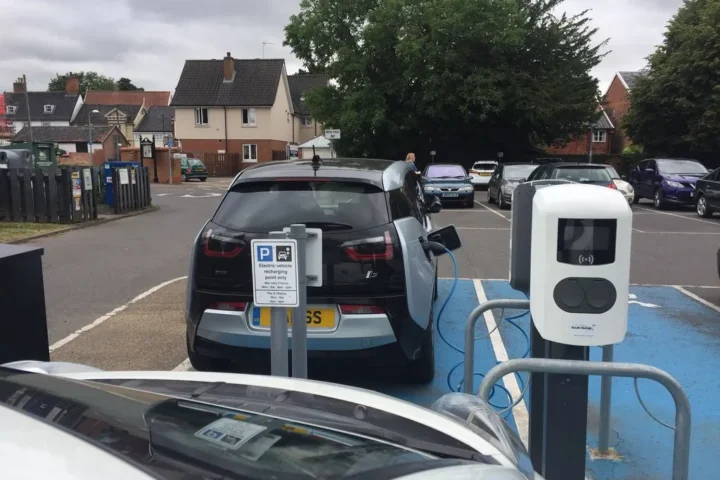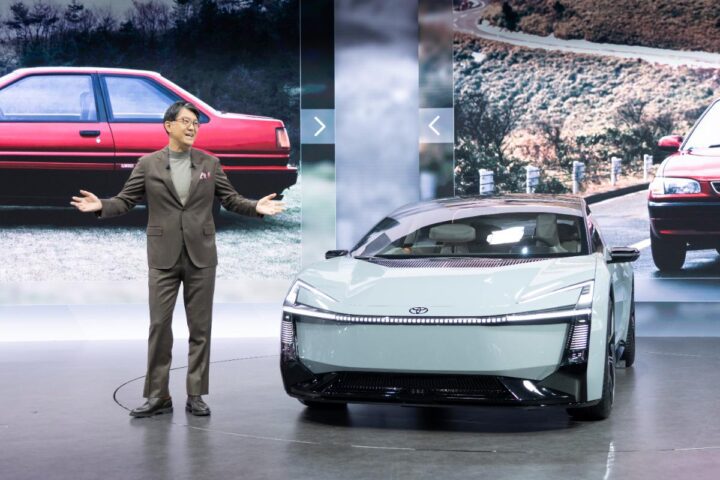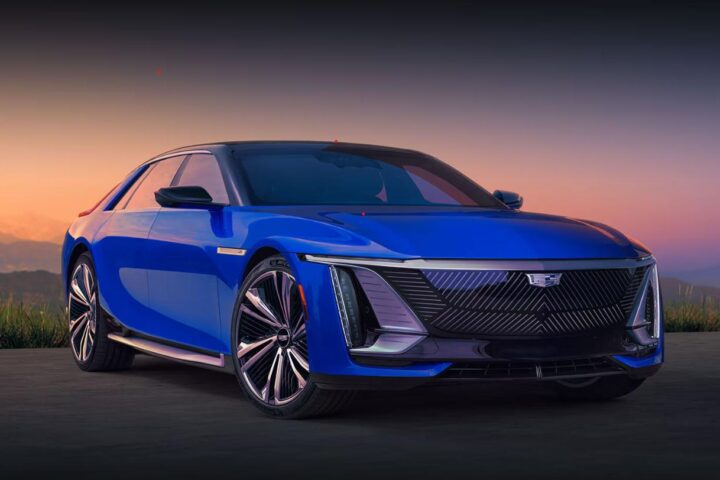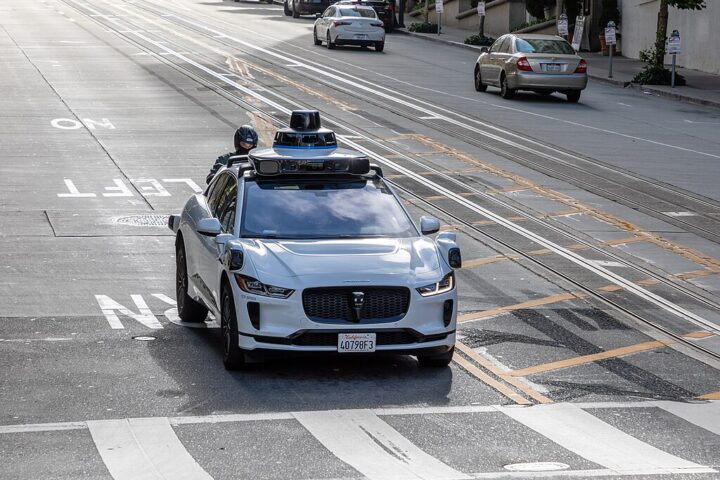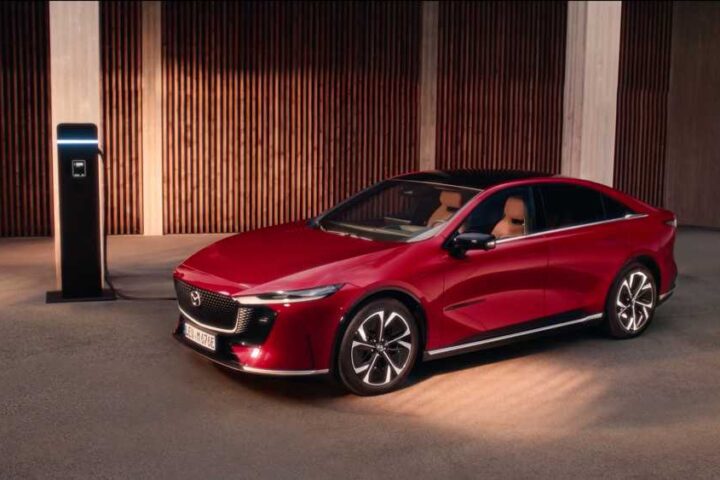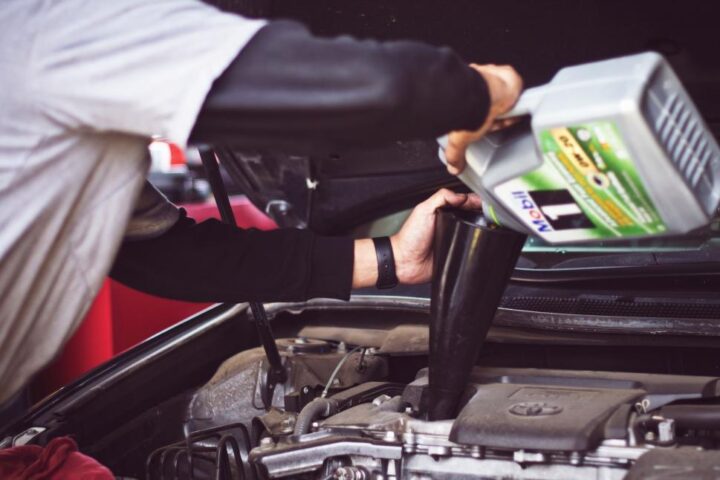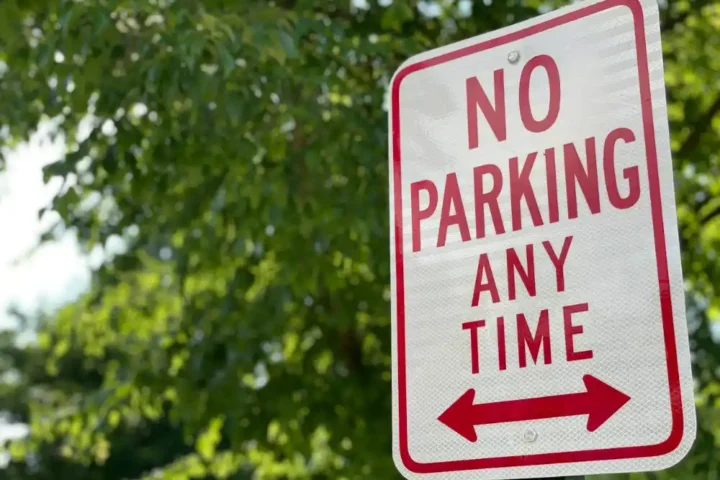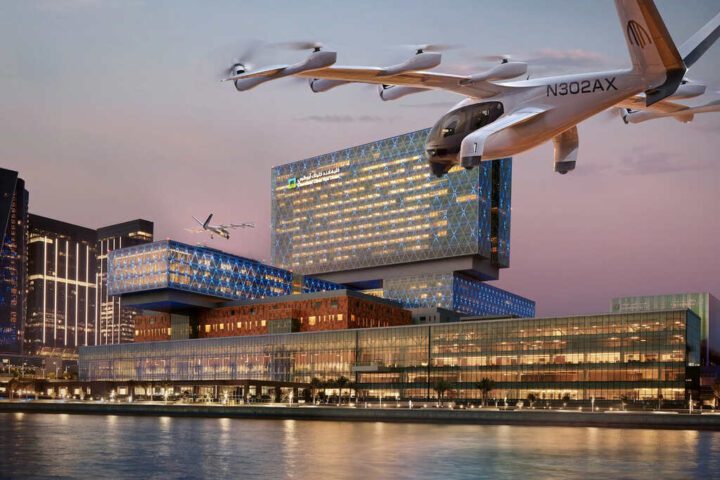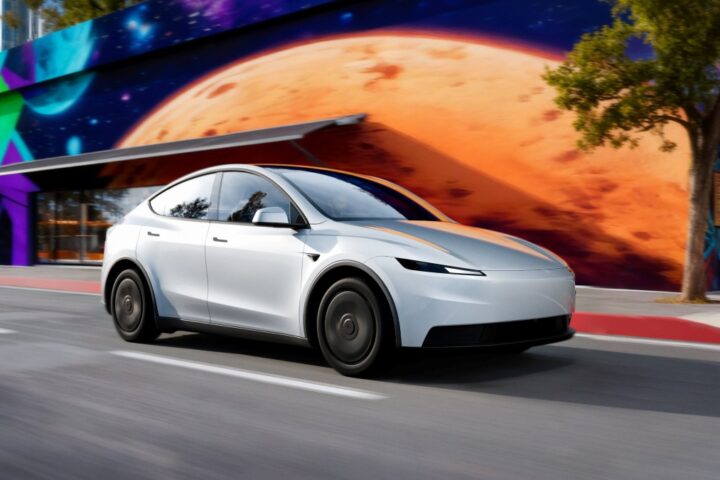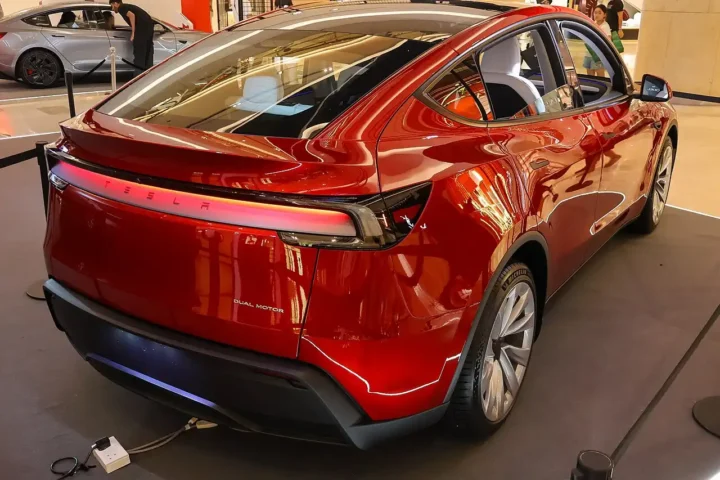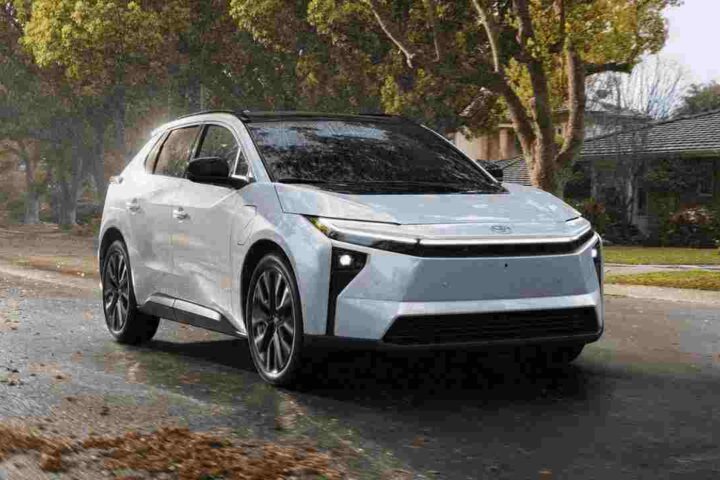A young researcher and engineer, Rahul Burhanpure, from a small town in India, has developed a significant piece of technology. In the early days, Rahul worked on repairing cars and motorcycles in a special garage. Rahul had the idea to reduce pollution while performing these repairs.
After several days of research, Rahul could develop a device for reducing pollution intensity in four-wheeler vehicles. A decrease in pollution is due to this developed technology, which is used in many cars now. Tata Motors bought the patent rights for the pollution reduction device made by Rahul for a whopping sum of 10 crore rupees ($12,15,334).
Rahul Burhanpure and his group provided detailed information about this pollution reduction device at a press conference in Solapur on Saturday. A degree in education was achieved in extremely challenging conditions by Rahul Burhanpure.
Despite his father being a worker in a saree shop and his mother being a homemaker, Rahul started repairing cars early in a special garage. While engaged in repairing vehicles, Rahul developed the concept of reducing pollution.
Rahul got his training in the MCVC automobile field at the Digambar Jain Gurukul Junior College, Solapur.
Rahul received guidance from his teachers, Sanjay Kurnurkar and Sampat Kumar Jhalkar. Rahul transferred the patent rights to Tata Motors.
Earlier, Rahul was initially approached by 3 to 4 companies for the patent. Considering their significant contributions to the country’s automobile industry, Tata Motors was given the patent by Rahul Burhanpure. At present, vehicles are equipped with EGR systems.
Similar Post
The EGR system is made more effective with the help of the device developed by Rahul.
Accounting for 30% of the emissions, the polluted air is recycled into the engine through the controlled PCM sensor, resulting in a 30% reduction in pollution and a 10% fuel savings.
Scientific discoveries have made our lives easy, comfortable, and secure.
However, the latest invention of Rahul Burhanpure proves that scientific discoveries can come from small towns.
Rahul finally obtained the patent after 10 years of continuous effort. The rights to Rahul’s patent were acquired by Tata Motors for a sum of Rs 13.52 crore. Rahul’s research will reduce vehicular pollution by 30% and increase the mileage of cars and SUVs.
By incorporating Rahul’s device into Tata Motors’ vehicles, vehicular pollution will be reduced by 30%, and the mileage of cars and SUVs will be increased. Rahul‘s research will reduce harmful gasses emitted from four-wheeled vehicles, such as nitrogen oxide, carbon monoxide, and hydrocarbons.



